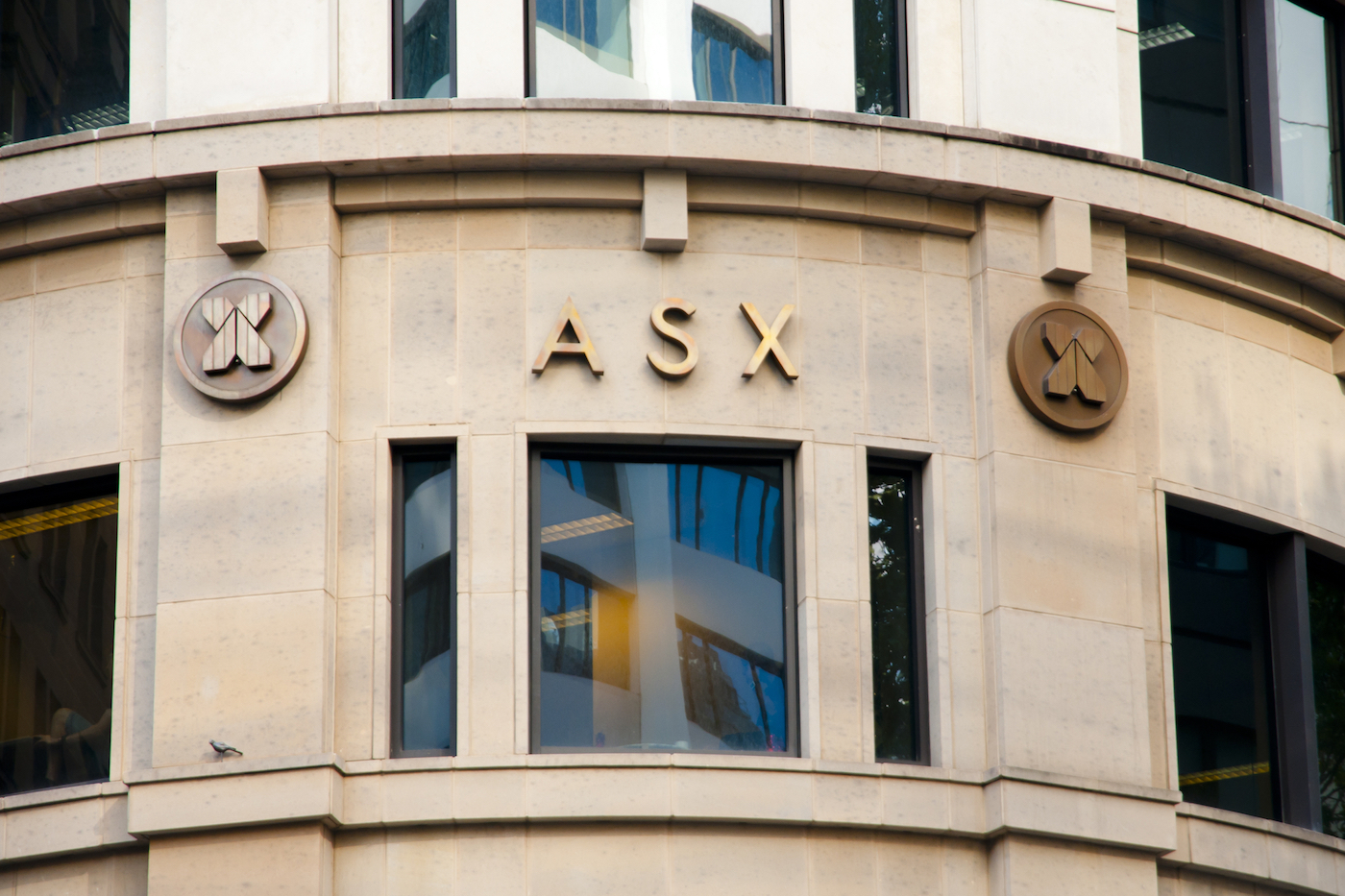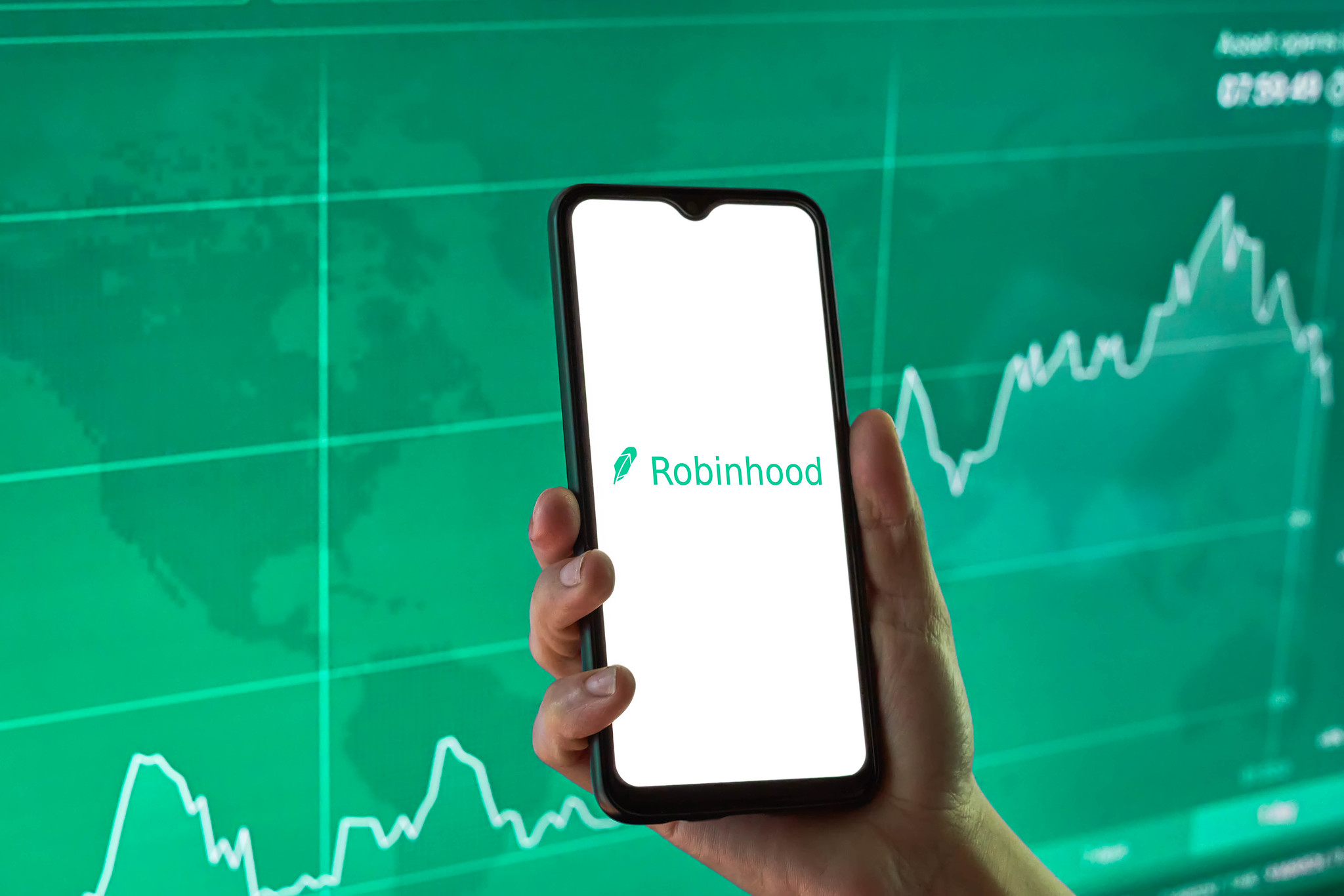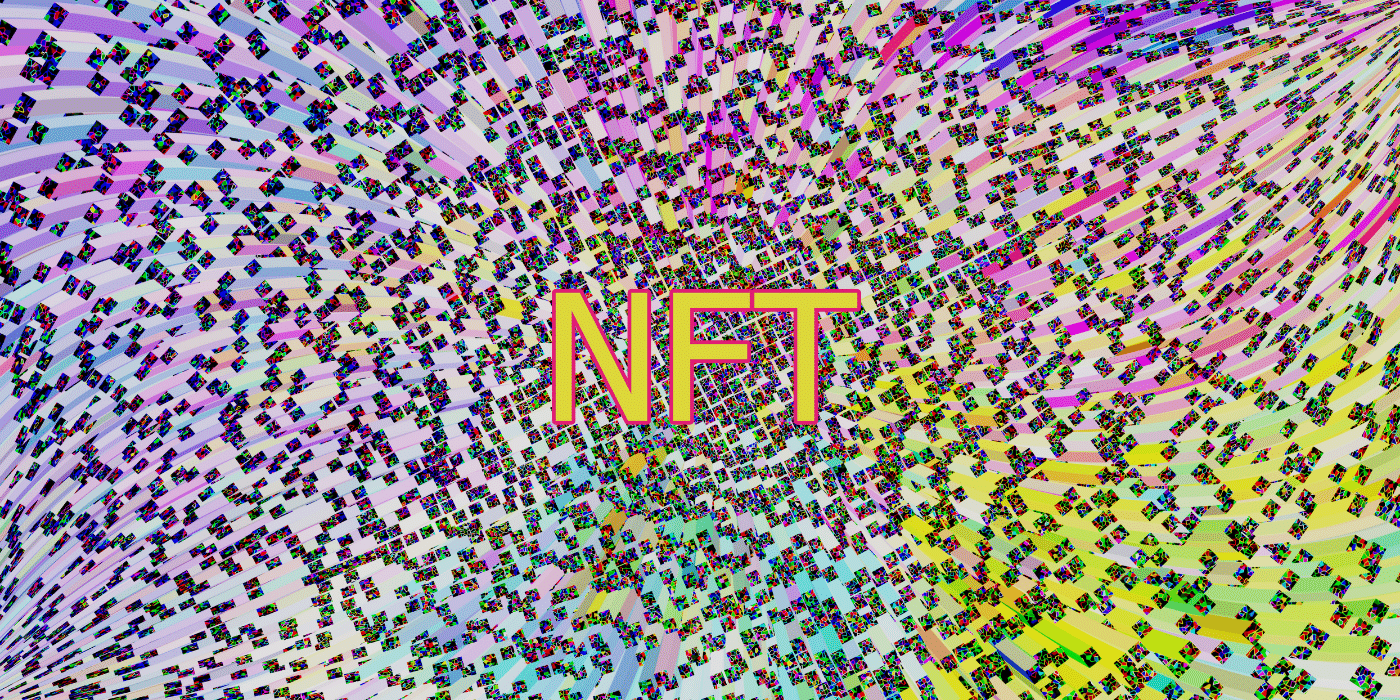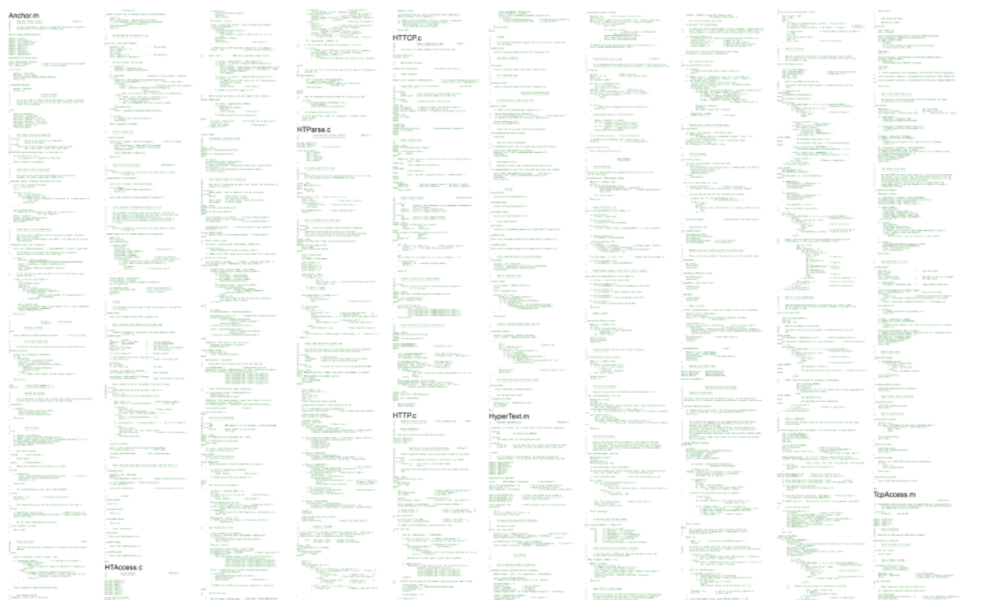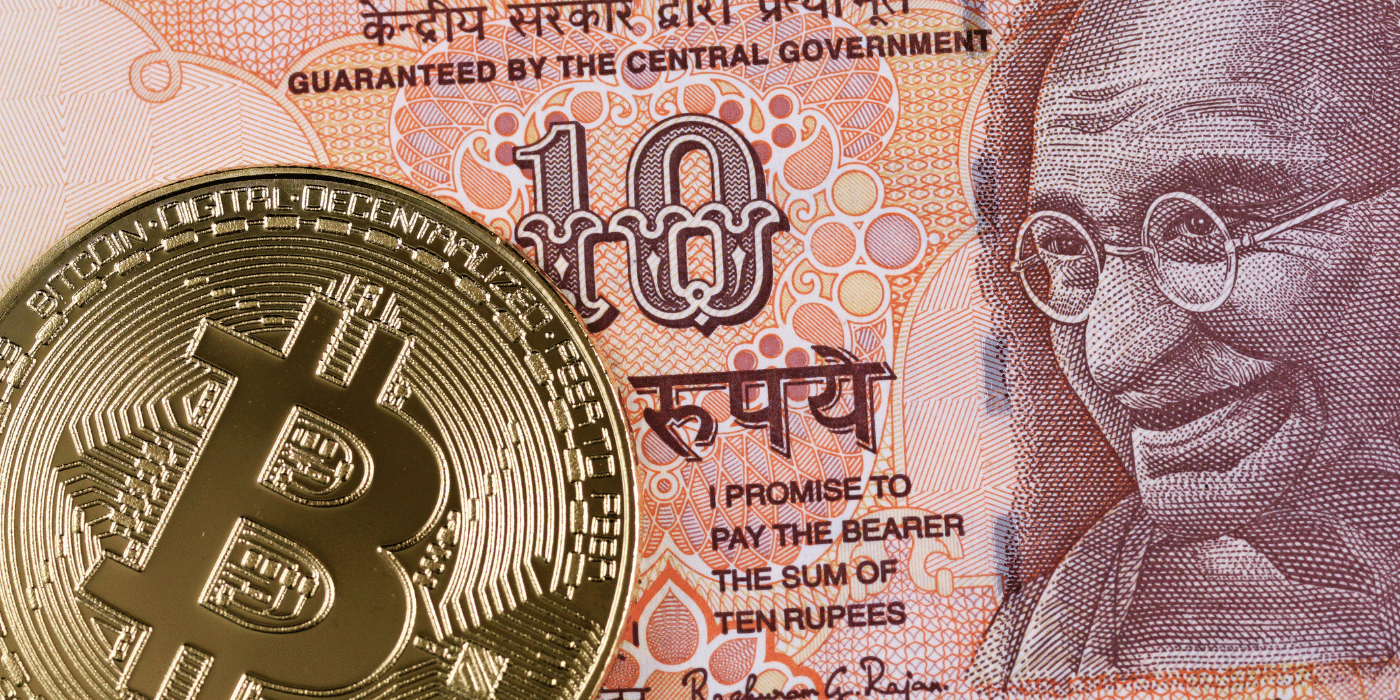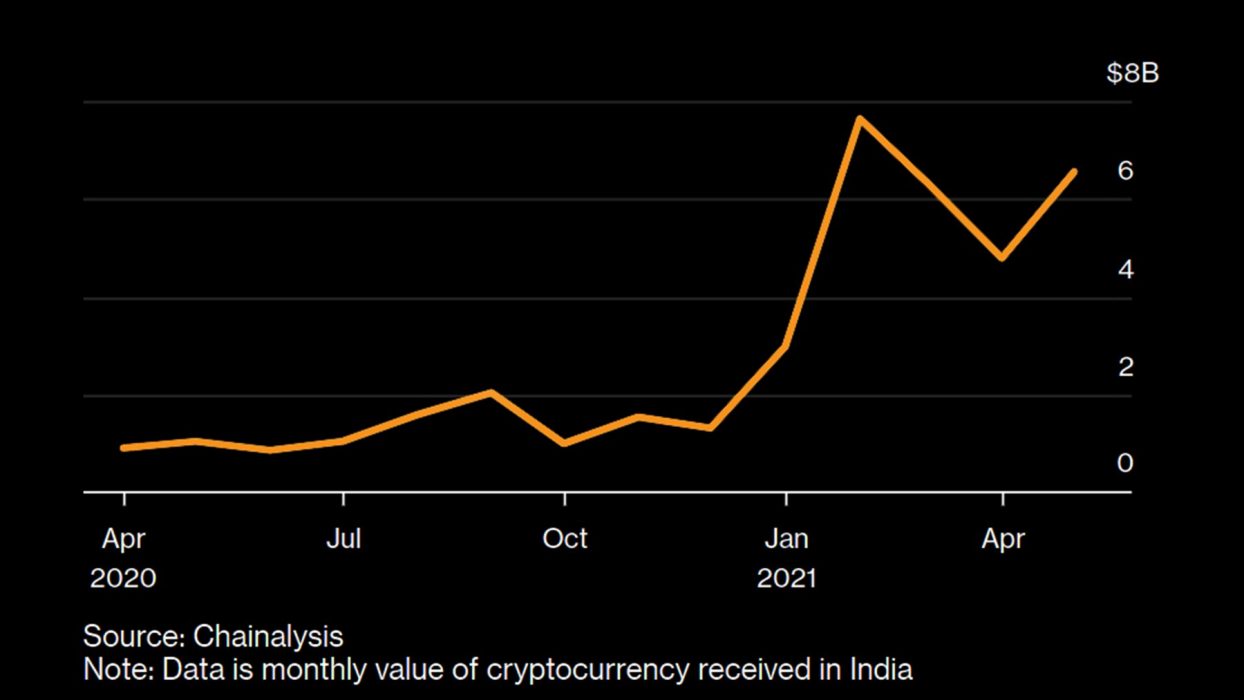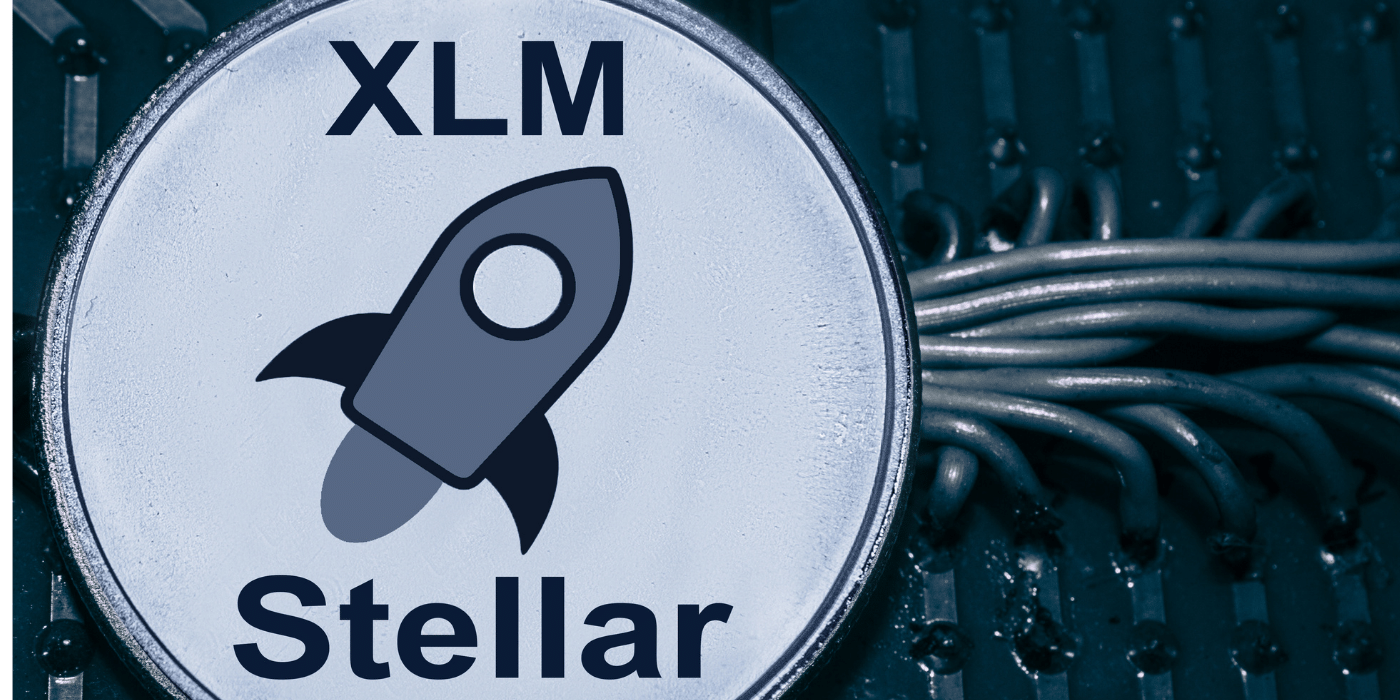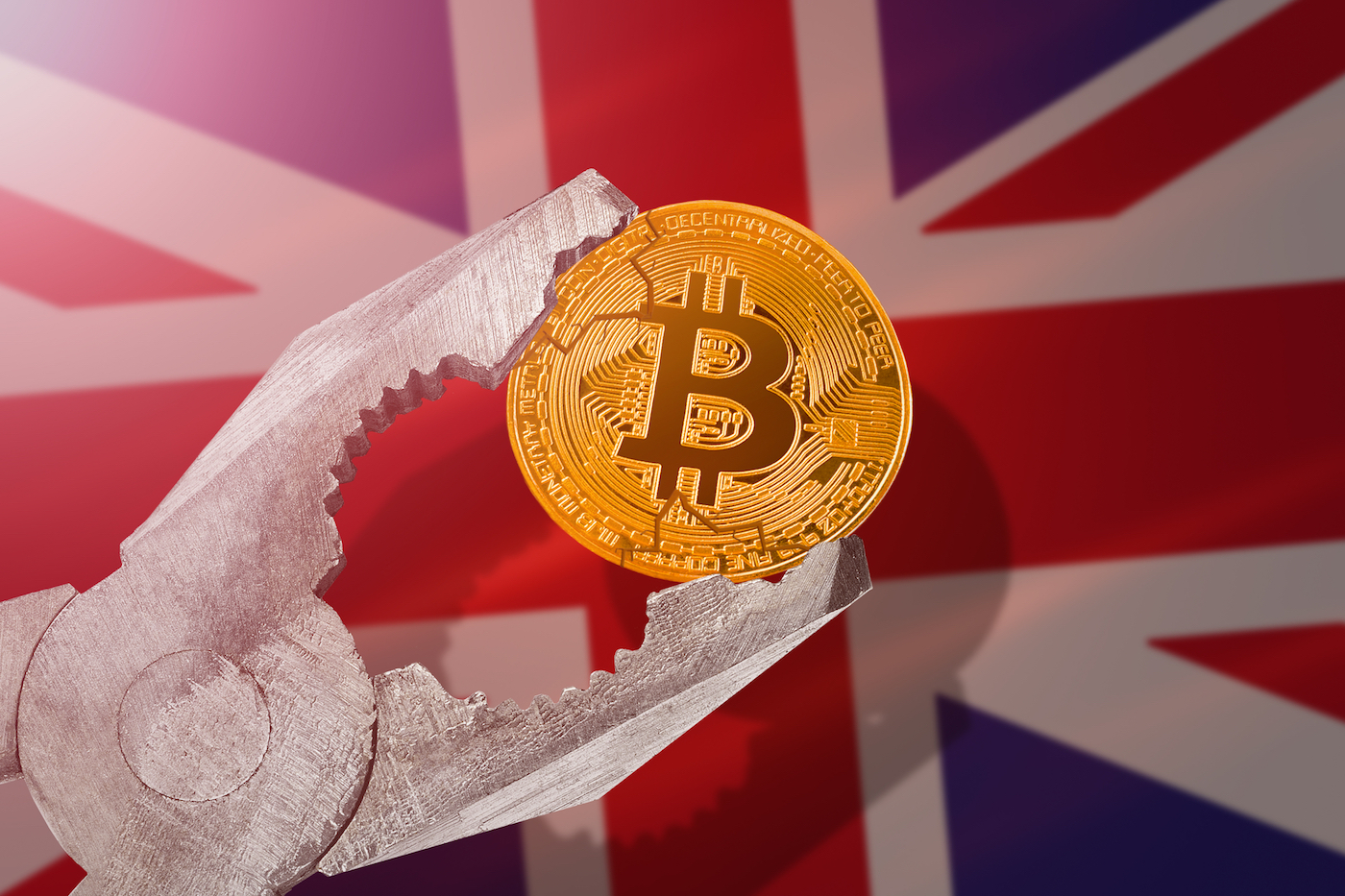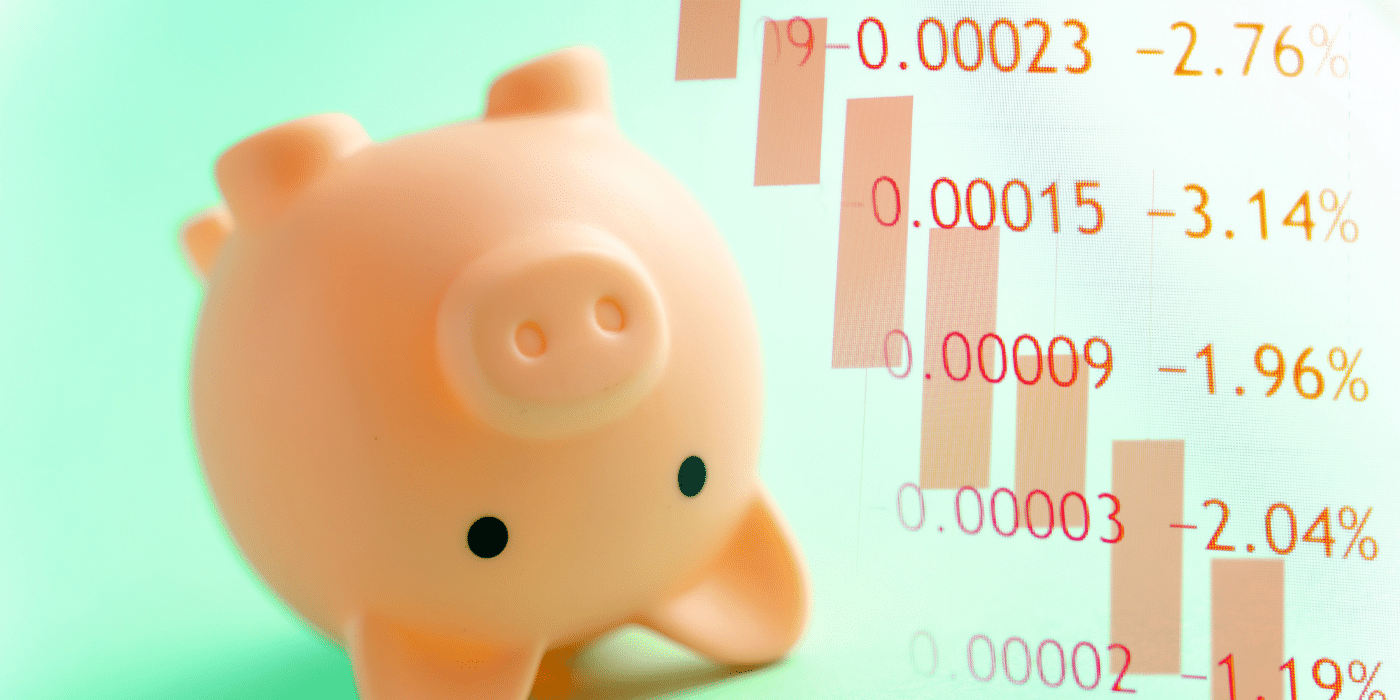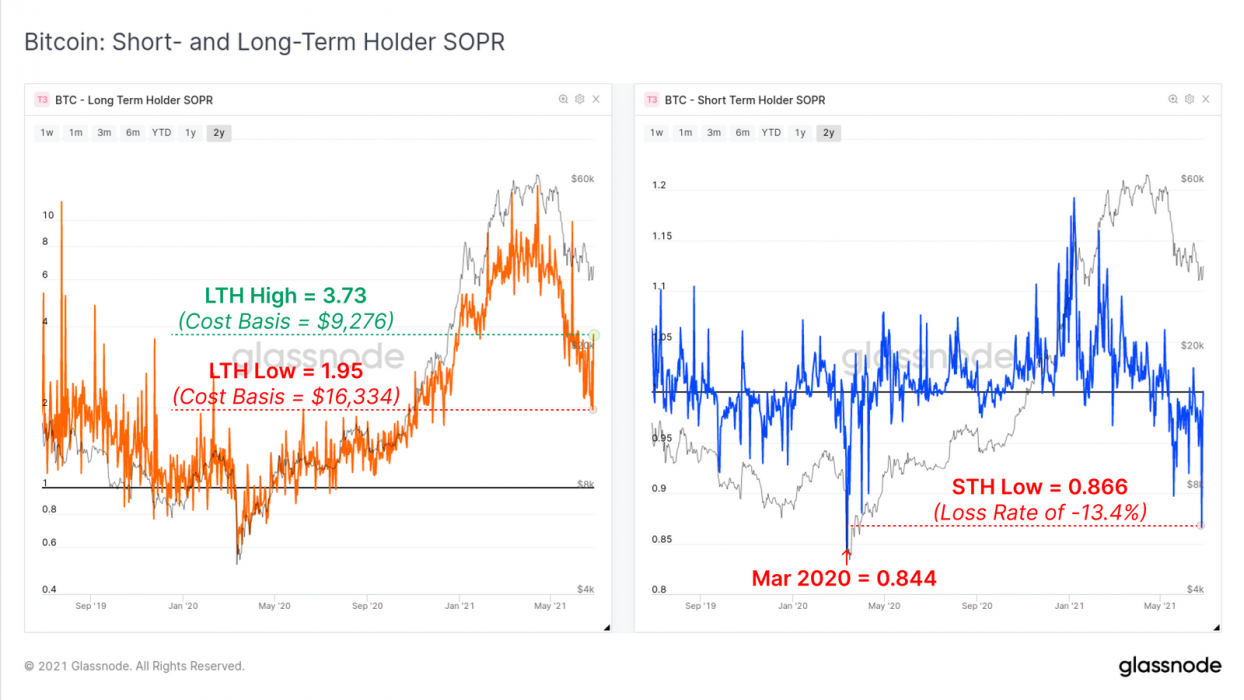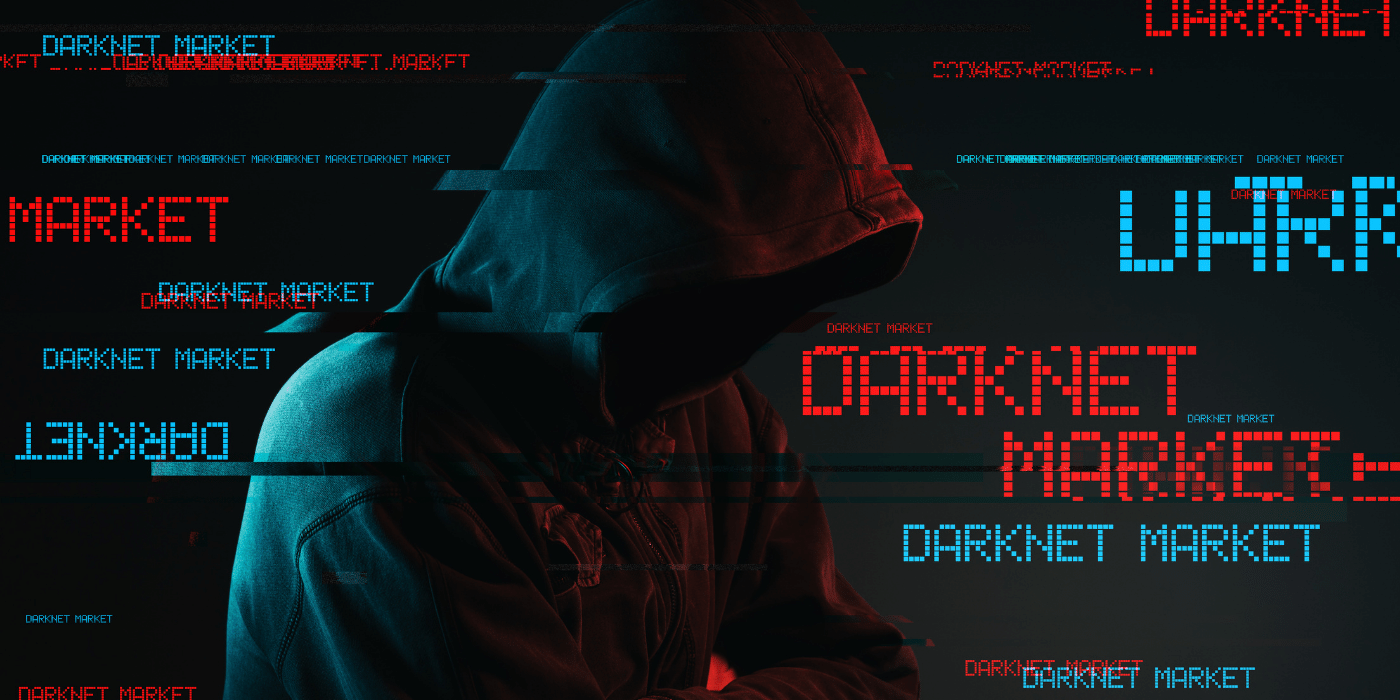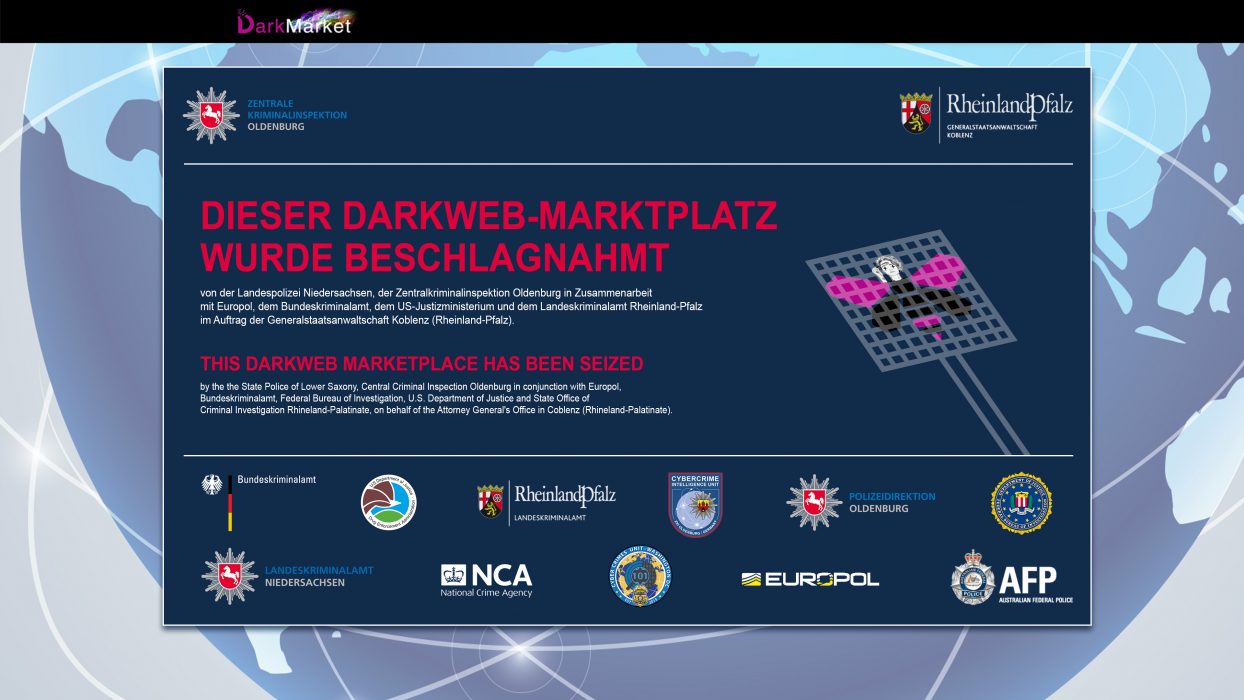Australia’s financial regulator has laid out guidelines relating to the inclusion of cryptos in exchange traded products (ETPs) and is seeking market participants’ input to shape its position within the regulatory landscape.
In a consultation paper published on June 30, the Australian Securities and Investment Commission (ASIC) set out a range of proposals around making crypto assets available to retail investors through licensed Australian markets. The paper covers whether cryptos are suitable for use as an underlying security in an ETP, how they’re categorised, pricing mechanisms, risk management, and other related issues.
The paper also noted that feedback will be used to adjust rules for local operators, to promote market integrity and to protect consumers:
We consider that crypto-asset ETPs have unique features and risks which need to be recognised by market operators and product issuers in performing their functions and meeting existing regulatory obligations.
ASIC states that the only crypto assets likely to satisfy its expectations currently are Bitcoin and Ethereum. However, it expressed a willingness to collaborate with licensees to establish criteria to assess other crypto assets.
Under this approach, market operators could determine that a particular crypto asset is an appropriate underlying asset for ETPs on their market.
ASIC defines ETPs as open-ended investment products that are traded on a financial market and invest in, or give exposure to, various assets or asset classes. This covers exchange traded funds (ETFs), managed funds, and securities such as exchange traded commodities (ETCs) and exchange traded notes (ETNs).
ASIC Recognises Strong Interest in Aussie Crypto ETF, Seeks Public Comment
In Australia, we are aware of interest in, and demand for, domestic crypto-asset ETPs. However, we are also aware of the real risk of harm to consumers and markets if these products are not developed and operated properly.
ASIC is inviting public comment up until July 27, 2021. The regulator is especially keen to hear about the likely compliance costs, effects on competition and other impacts of its proposals, as well as ideas on alternative approaches.
Comments should be sent by July 27 to [email protected] with the subject heading ‘CP 343 Submission – [Entity Name]’.
ASIC Takes Cautious Approach
ASIC has so far taken a cautious approach when it comes to crypto.
In February, the regulator came out to refute claims it had a policy to stop Bitcoin ETFs, with its commissioner explaining that with appropriate rules in place, such products could be made available in Australia.
ASIC has also been actively targeting scammers and adopting other regulations to improve consumer protections, including reducing CFD (Contracts for Difference) leveraged trading available to retail traders from 30:1 to 2:1.


